Spam was introduced by Hormel on July 5, 1937. No doubt you are familiar with the image of the SPAM can. SPAM is a registered trademark. Love it or hate it, it has quite the history for a can containing pork shoulder, potato starch and 56% water.
The difficulty of delivering fresh meat to the front during World War II made SPAM a part of the soldier’s diet. It became variously referred to as “ham that didn’t pass its physical”, “meatloaf without basic training”.
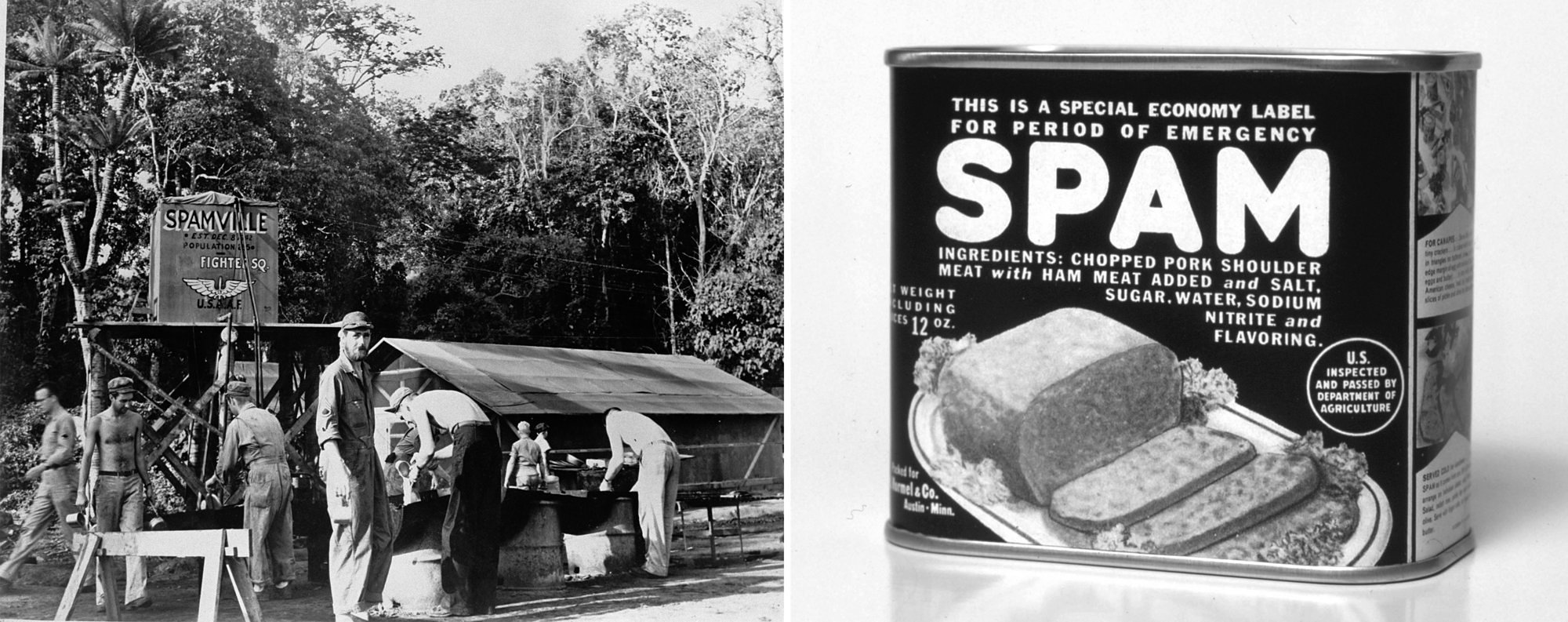
Soldiers made good use of SPAM’s grease to lubricate their guns and waterproof their boots.

One ounce of spam (28 grams) contains 82 calories and 3.5 grams of protein. Spam consist of 56% water, 3% carbohydrates, 13% protein, and 25% fat.
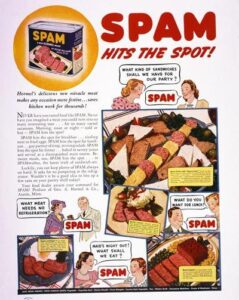
The town of Austin, Minnesota is near the state’s southern border, with 24,700 residents as of the 2010 census. It’s also home to a street named Spam Boulevard, a restaurant called Johnny’s Spamarama, and still more restaurants serving dishes like the “Spam De’ Melt” (a grilled cheese stuffed with Spam, bacon, and sour cream).

Spam.com is a fabulous source for all things SPAM. You’ll find restaurants that serve SPAM, lots of recipes and all of the varieties of SPAM that are available. The best thing I found on my SPAM research tour is that there is a SPAM Museum! And what do we find at a museum? A gift shop!
Kenneth Daigneau, the brother of a Hormel VP, gets credit for naming the product. Either he won $100 in a naming contest or maybe it just “came to him” at a New Years Eve party as some say. Or is SPAM an obvious shortening of “spiced ham”? Decades later SPAM even served as inspiration for a Broadway show called Spamalot based of an irreverent Monty Ptyhon sketch. For those who love obscure trivia, did you know that
- The canjo is a banjo made using a SPAM® brand can. (Available on SPAM.com)
- Guam residents consume an annual average of 16 cans per person.
The other kind of spam is a term for the junk email we find so constant and irritating. No fun history or museum dedicated to THAT kind of spam.
I have never, to my knowledge, eaten SPAM. Alas, as a vegetarian no Teriyaki SPAM for me. I would love to hear from readers who eat it and like it. All of this information is credited to Wikipedia.org, digitaltrends.com, eater.com, navytimes.com and soupersage.com.
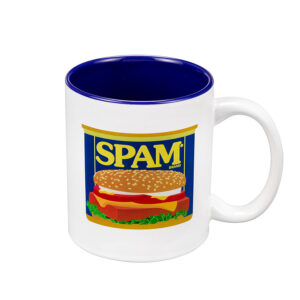

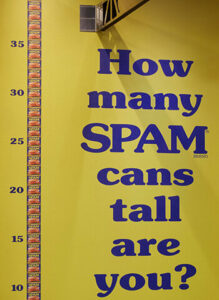
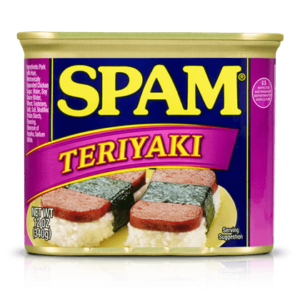
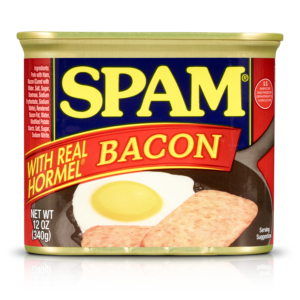
And then Congress passed the CAN-SPAM Act to address the problem of unwanted commercial electronic mail messages. I like the can. You keep the spam.
Fun fact that Jill might be aware of. The Canadian version is/was called Klik. Not a fan but mashed with some mayo and sweet pickle relish ………
My son’s girlfriend, who is from the Phillipines, loves SPAM. It is her comfort food. She made a a delicious breakfast that included it, but the sodium in it could kill a person.
Jeri, what a fun post! Henry and I have been to the Spam Museum! They eat a lot of Spam in Hawaii and when we were there Henry liked a breakfast dish called Spam Musubi.
Yay! Now I can say I know someone who has been to the SPAM museum.